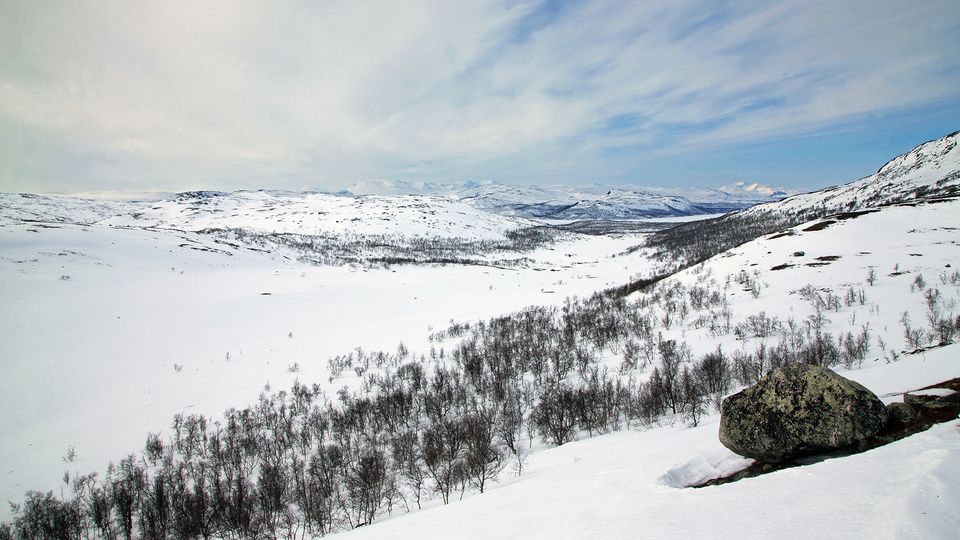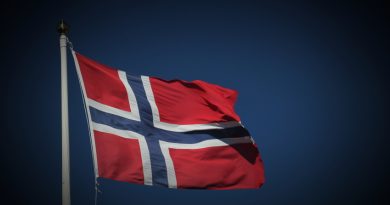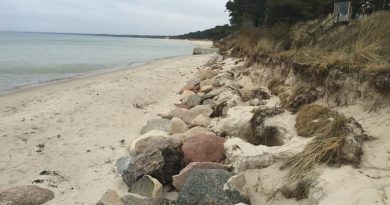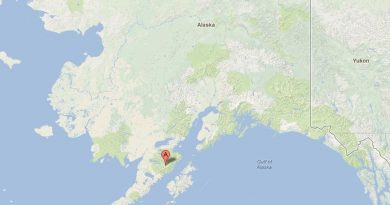Finland’s environment suffering from human activity, report says

The status of natural habitats in Finland has continued to deteriorate over the past decade with 48% of the nearly 400 habitat types across the country evaluated as threatened, according to a new environmental threat assessment released on Tuesday.
Coordinated by the Finnish Environment Institute (SYKE), the threat assessment of habitat types was the outcome of an extensive three-year project involving more than 120 experts from various research institutions, universities and agencies.
The share of habitats classified as threatened in southern parts of the country (59%) is significantly higher than in the north (32%).
The most important reasons for habitat types being threatened were found to be forestry, drainage, clearing of areas for arable land, construction, and eutrophication. Among the reasons in the past, climate change was considered to have little impact, with the exception of the fell area, but it is estimated to gain considerable significance as a threat factor in the future.
A new international method, the IUCN Red List of Ecosystems, was used in the assessment. The method provides detailed criteria for evaluating the changes in the quantity and quality of habitat types, and their rarity.
Evaluation was performed on all main groups of habitat types: the Baltic Sea, its coast, inland waters and shores, mires, forests, rocky habitats, semi-natural grasslands and grazed woodlands, and fell habitats. Changes were examined during the past 50 years and over a longer time span with a comparison to the pre-industrial era of the 1750s. Attempts were also made to predict future changes.
Semi-natural grasslands, grazed woodlands threatened
All of Finland’s semi-natural grasslands and grazed woodlands are threatened. They were divided into twelve groups (such as dry meadows, alluvial meadows and wooded pastures) and forty habitat types (such as grass rich dry meadows, herb rich alluvial meadows and wooded pastures dominated by coniferous trees) in the assessment. Of the forty habitat types, as many as 38 were deemed Critically Endangered (CR) in the entire country.
The only semi-natural habitat types that are slightly less threatened are graminoid heaths and dwarf shrub heaths, but they were also categorised as Endangered (EN).
Forest habitats diminishing
Forests in Finland have significantly lost their natural ecological characteristics. At the same time, the expanse of many forest habitats has diminished. As a result of these changes, 76% of forest habitats in Finland are now threatened.
Another 21% of the forest habitats were assessed as nearly threatened, and one forest habitat was assessed to be data deficient.
Lake conditions improved
Most streams and rivers outside of northern fell regions were found to be threatened or near threatened. Flowing water habitats are endangered especially in southern Finland. Inland water habitats have suffered from measures including shoreside construction, forest clear cutting, agriculture and peat production.
The condition of lakes has improved over the past decade with most classed under the heading of least concern.
Eutrophication in Baltic Sea
Eutrophication continues to be the most important threat to underwater marine habitats in the Baltic Sea. It was considered to be the most significant cause of deterioration for almost all threatened or Near Threatened marine habitats, such as seafloor biotopes of bladder wrack, red algae and common eelgrass.
A total of 42 Baltic Sea habitats was listed, of which 10 were estimated to be threatened and four to be Near Threatened. However, 14 habitat types were classified as Data Deficient, which shows that more information is needed about underwater marine habitats.
Overgrowth along Baltic Sea coast
The coast of the Baltic Sea was divided into 45 habitat types, 58% of which were assessed to be threatened and 15% to be near threatened. Only a bit over a quarter of them (27%) was assessed to be in the category “Least Concern”.
The most significant reasons for the habitats becoming threatened are coastal overgrowth due to the eutrophication of the Baltic Sea and eutrophication increasing atmospheric fallout, construction activities and wear of vegetation in popular recreational areas.
Fells subject to climate change
In fell areas, climate change causes gradual advancement of pine forests, increasing damage to mountain birch forests as new moth species spread into the area, and shorter duration of snow cover.
Of all fell habitat types 20, or 38%, were estimated to be threatened — almost the same as the total area covered by these fell habitat types.
Mire habitats affected by forestry drainage
Drainage for forestry is the main reason for mire habitats being threatened. More than half of Finland’s mires have already been drained for this purpose.
The evaluation covered 50 mire types, 54% of which were assessed threatened in the entire country, while a further 20% are Near Threatened.
Protection for rocky habitats
The assessment highlights calcareous and serpentine rock outcrops as the most threatened rocky habitat types. Protecting these most threatened yet highly important habitats for rock species from the effects of land use would not require large protection areas.
Preserving the calcareous and serpentine rock outcrops would not require more than 10 square kilometres of additional protection areas. This could also be partly achieved by means of voluntary protection.
Remedial measures
Decisions on how to apply the results of this assessment will be made later, following large-scale preparatory work. The expert teams involved have proposed a total of 70 measures for improving the status of the threatened habitat types.
The Finnish Environment Institute says that the key is in paying more attention to threatened habitat types in land use planning and the use of natural resources. The protection, management and restoration of habitats must be made more efficient.
Climate change, it notes, further increases the need to launch and find new, efficient measures to improve the status of threatened habitats.
More detailed information from the assessment, including appendices, is available in English on the Finnish Environment Institute website.
Related stories from around the North:
Canada: Scientists find hundreds of new toxins in blood of Canadian polar bears, CBC News
Finland: Climate change casts doubt on future of Finland’s forest industry, YLE News
Norway: December sea ice levels in Arctic Europe at record low, The Independent Barents Observer
Russia: Snow crabs invading Russia’s Arctic nuclear waste dump, The Independent Barents Observer
Sweden: Glacier in central Sweden “collapsing” as climate warms, Radio Sweden
United States: New study predicts ‘radical re-shaping’ of Arctic landscape by 2100, CBC News



